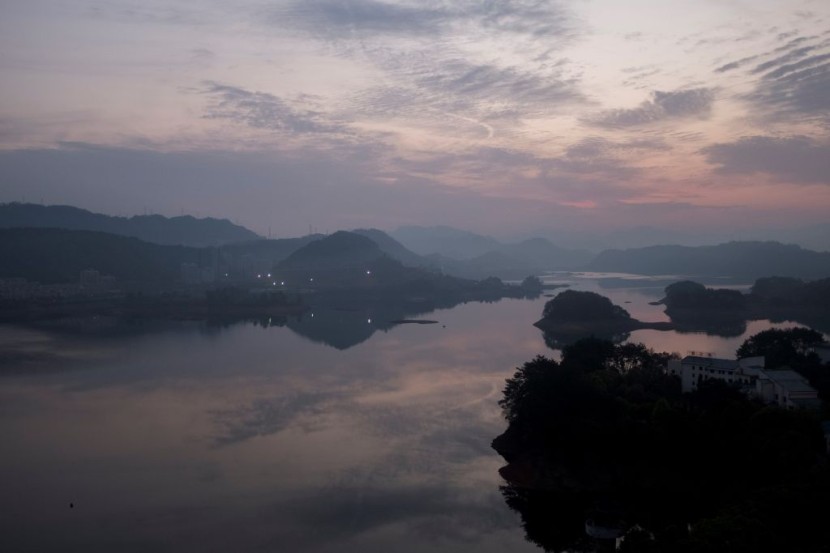
The submerged Chinese Ancient Lion city was inundated with the surrounding landscape to become the Qiandao lake. Since the submergence of the archaic ruins, it is at par with ancient wonders that have been somehow preserved by limiting direct access to them.
In China, an artificial lake has a relic from China's past, like the legendary city of Atlantis, that has haunted the imagination of many. Plato first mentioned the underwater city in 360 B.C., and many have searched for it since then.
Visitors who go under the water to dive and see the spectacle of the ruins underwater cannot help but be awed by what they witness.
Sunken Lion city in an artificial lake
Under the Qiandao lake, where a reservoir is formed by artificial means close to the Wu Shi Mountain, the lost civilization had built the ancient Lion City, reported the Express U.K.
Despite its submergence in the '50s and the intervening centuries, it has stood the test of time. The ruins are still in perfect shape. The forced flood was part of Beijing's Great Leap Forward program that necessitated the first hydropower plant in China but flooded hectares of land.
Inadvertently, the planners made a breathtaking landscape from the artificial waterway, with 1,000 islands. They are the tips of high hills submerged in the reservoir, and in the mountains is the submerged Chinese Ancient Lion city.
A visitor to the Chinese Atlantis
Lou Shanliang was the initial underwater explorer to see what lies under the Qiandao depths. He used to swim there as a child, told by the narrator from the documentary on the Smithsonian Channel that mentions China's Atlantis, cited News Chant UK.
Archeologists estimate the underwater city's age to be from 25 and 200 A.D. (Anno Domini). At some point, the Lion City was one of ancient China's centers of power for many centuries later.
By chance, local authorities have concluded the ancient complex is still standing. Divers can visit the ruins if allowed by local agencies. The underwater expedition with Mr. Lou has captured the ruins in three dimensions during their dives. One goal of the dive is to get data from the ruins to create a virtual image seen at several angles. An end product of the project is 3D imaging of centuries-old stone works, like Lion statues and other figures underwater.
Once the images are captured, it is hoped the ancient relics will be revisited and be brought to light from their sinking years back. The complex is dated from the 16th century, one of the most relevant periods in Chinese architecture.
Fun stuff about the Atlantis of China
Some fun facts about the underwater Chinese city are landmarks, wide streets, and 265 archways. Called the Lion City or Shi Cheng, when it reached its peak in 1368 to 1644, as the Ming Dynasty's rule over the kingdom, noted Onomanorama. It oozes opulence with five points of entry, a total of 62 football fields overall area, with six streets of interconnected stones in the submerged complex.
Sacrificed for progress in 1959 when the submerged Chinese Ancient Lion city was flooded, it now has become a challenge for divers as well as it sits 130 feet below the surface.
Related Article: Chankillo Observatory in Peruvian Desert Dates Back to 2,300-year-old, Used by Ancients To Track Yearly Seasonal Movements
© 2026 HNGN, All rights reserved. Do not reproduce without permission.








